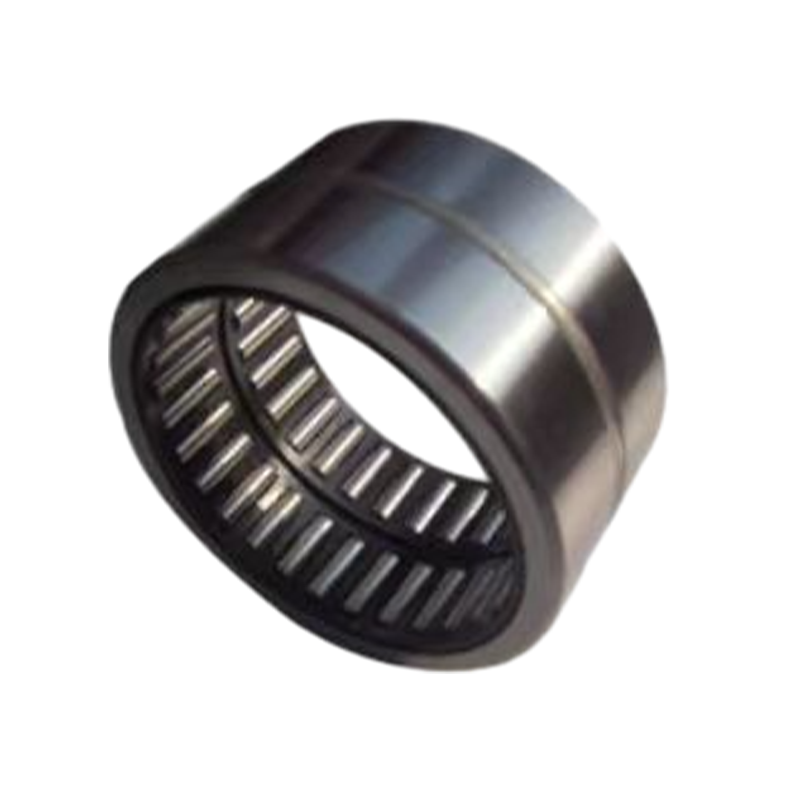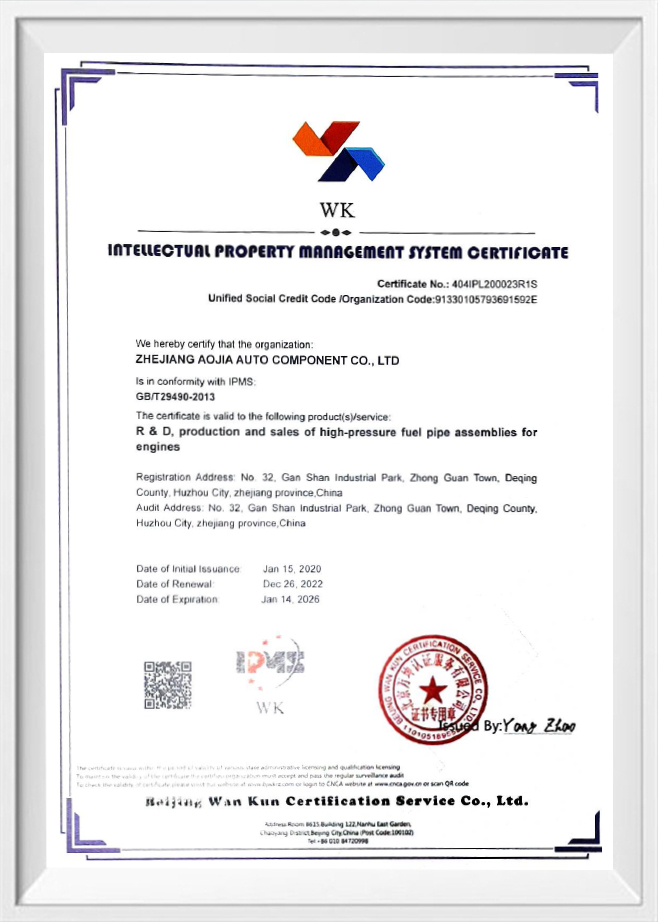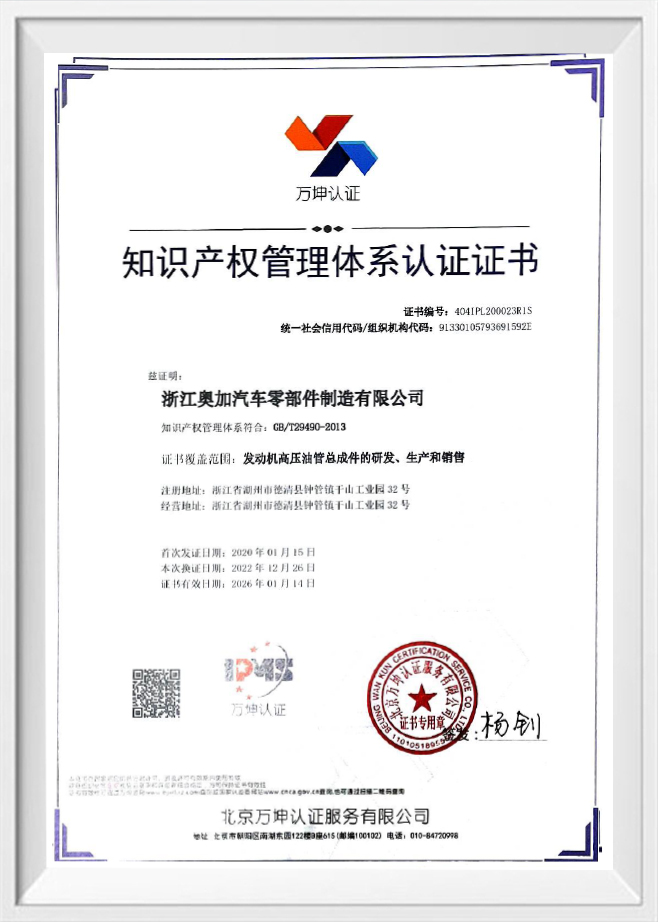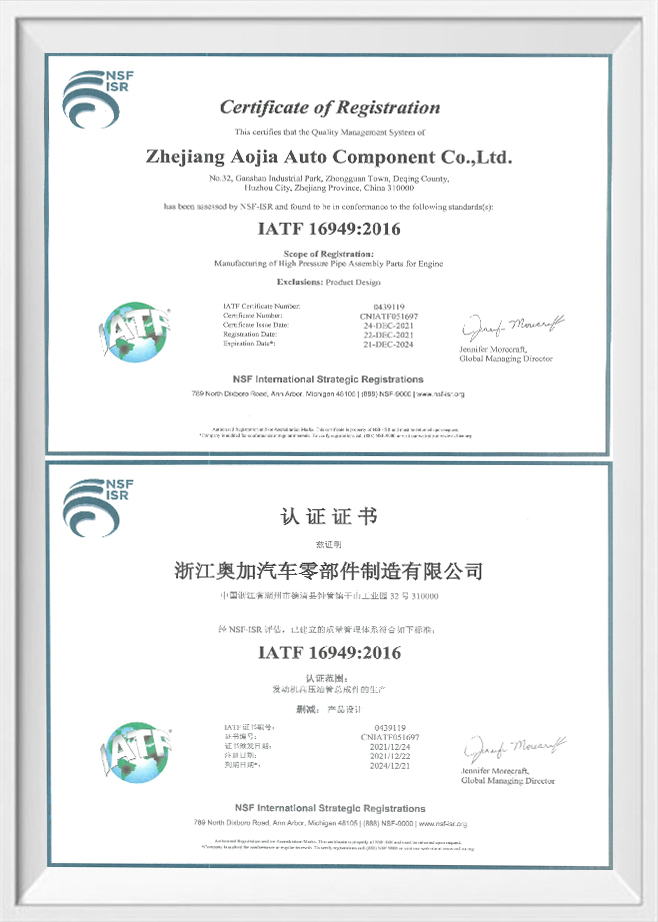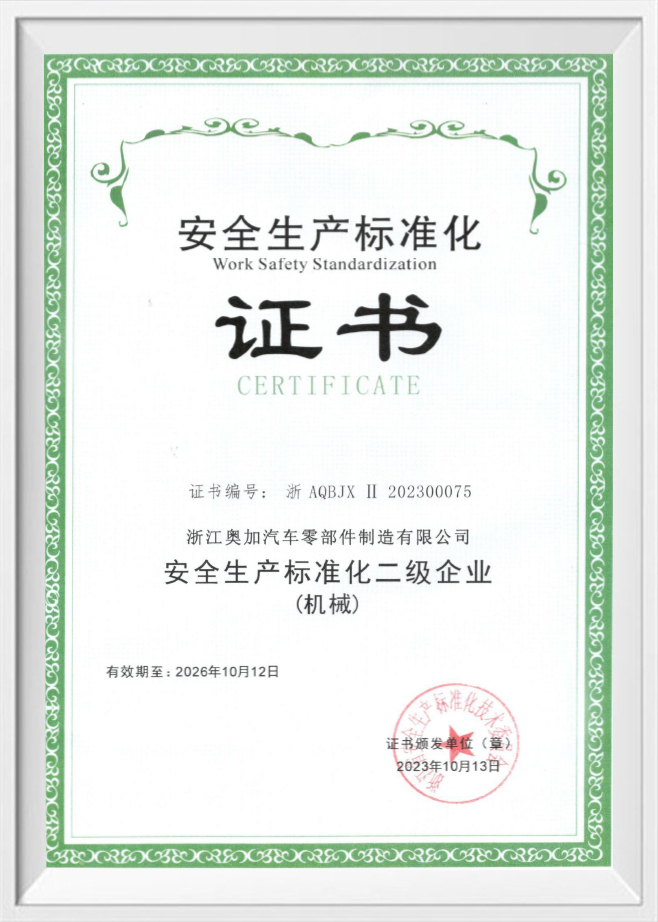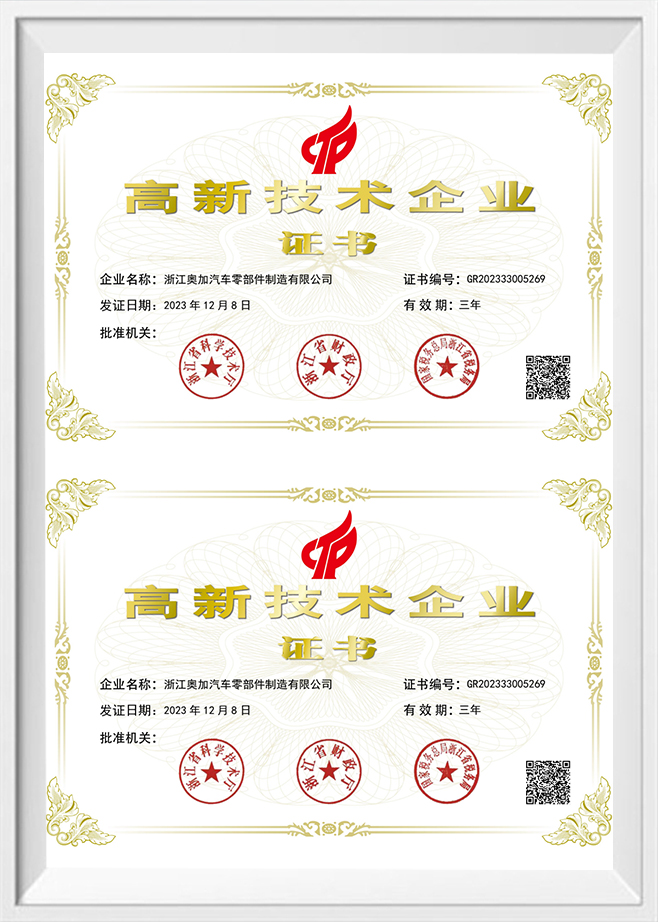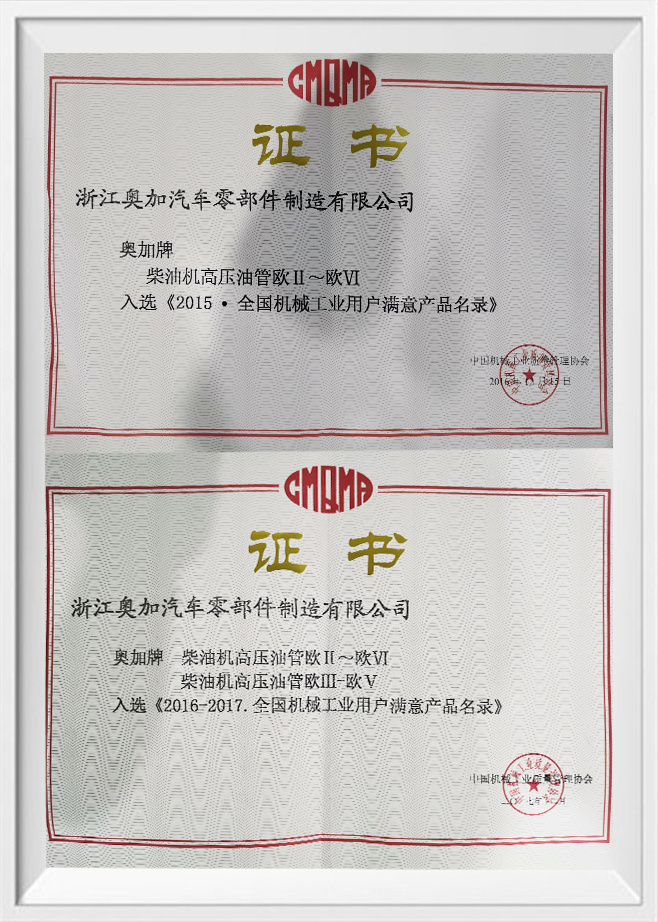How are the length and bending degree of the engine oil feed pipe designed?The design of the length and bending degree of the engine oil feed pipe is the result of comprehensive consideration of multiple factors. These factors include, but are not limited to, the layout of the engine, the location of the fuel tank, the performance of the fuel pump, the overall design and performance needs of the vehicle, etc.
Length design: The length of the fuel supply pipe mainly depends on the relative position of the engine and the fuel tank. During the design process, engineers will try to shorten the length of the fuel supply pipe to reduce the flow resistance and pressure loss of fuel in the pipeline. Shorter fuel supply lines also mean faster fuel transfer and greater efficiency. However, limited by the layout and structure of the vehicle, sometimes a longer fuel supply pipe has to be used to connect the fuel tank and the engine.
Curvature design: The curvature of the fuel supply pipe is usually determined based on the geometry of the vehicle's chassis and engine compartment. Engineers will work hard to reduce unnecessary bends and corners to reduce the resistance to fuel flow in the pipes. At the same time, they will also consider the convenience of installation and maintenance, ensuring that the fuel supply pipe is easy to inspect and replace during vehicle use.
During the design process, engineers will also use professional fluid mechanics software to simulate the flow of fuel in the pipeline to ensure that the designed fuel supply pipe can meet the fuel demand of the engine and maintain good fuel transfer efficiency.
In addition, modern vehicle design also considers the use of flexible fuel supply pipes or specially designed pipe joints to adapt to vehicle vibration and movement to prevent leakage or damage caused by bending or excessive stretching of the fuel supply pipe.
Designing the length and curvature of the engine fuel supply line is a complex process that takes into account multiple factors to ensure that fuel can be efficiently and safely transferred to the engine while meeting the vehicle's performance and reliability requirements.
What are the functions of the valves and regulators in the turbo oil feed line?Valves and regulators in the turbo oil feed line play a vital role in ensuring stable operation and optimized performance of the turbine. Here's what they do:
The function of the valve:
Controlling oil flow: The valve can open or close to regulate the flow of oil into the turbine. This helps to adjust the oil supply according to the actual needs and operating conditions of the turbine, ensuring proper lubrication and cooling of the turbine under different operating conditions.
Isolation and switching: In some cases, valves are used to isolate different parts of the turbine or switch oil supply routes. For example, during maintenance and overhaul, valves can be used to isolate specific lubrication points or system components so they can be operated safely.
Prevent reverse flow: Some valves are designed as one-way valves to prevent oil from flowing back in the pipeline, thereby ensuring the correct flow direction of the oil.
The role of the regulator:
Pressure regulation: The regulator keeps the pressure of the oil in the
turbo oil feed line stable by monitoring the pressure of the oil and adjusting the output of the oil pump or the opening of the valve accordingly. This is essential to protect the various components of the turbine from damage caused by too high or too low pressure.
Flow Regulation: In addition to pressure, a regulator regulates the flow of oil based on the needs of the turbine. By adjusting the speed of the oil pump or the opening of a valve, the regulator ensures that the turbine gets the right amount of oil at different loads and rpms.
Temperature regulation: Some advanced regulators can also cooperate with the cooling system to adjust the flow of coolant according to the temperature of the oil to keep the oil temperature constant. This is critical to turbine performance and longevity, as oil temperatures that are too high or too low can cause damage to the turbine.
Valves and regulators work together in the turbo oil feed line to ensure that the flow, pressure and temperature of the oil are precisely controlled to meet the turbine's normal operating needs and extend its service life.
 View More
경장차를위한 히노 전력 주입 고압 오일 파이프
경트럭, 히노 파워, 시스템 압력 : 1600 바, 1800 바 우리는 1600 bar 및 1800 bar 옵션의 시스템 압력과 함께...
View More
경장차를위한 히노 전력 주입 고압 오일 파이프
경트럭, 히노 파워, 시스템 압력 : 1600 바, 1800 바 우리는 1600 bar 및 1800 bar 옵션의 시스템 압력과 함께... 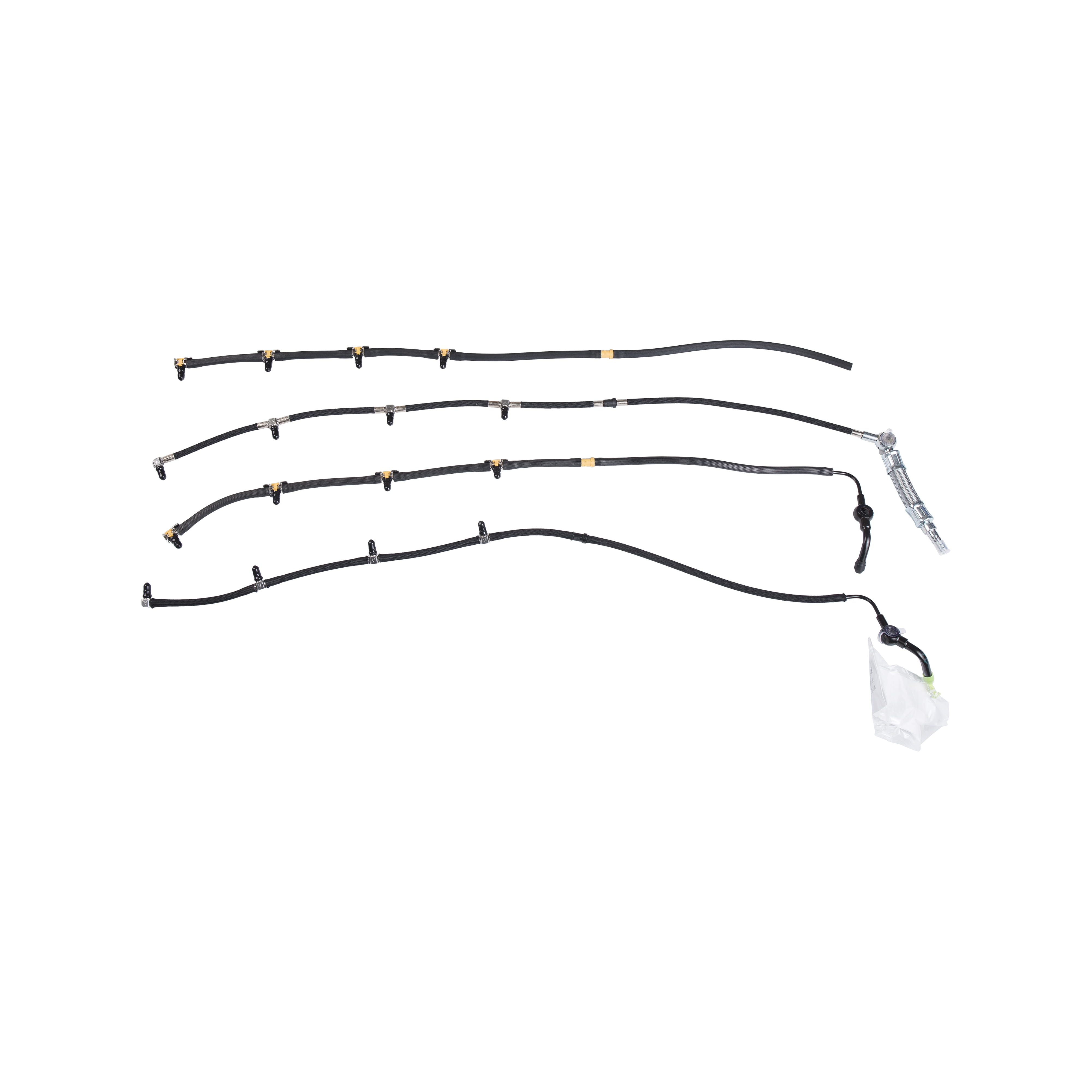 View More
경트 트럭 연료 반환 파이프
경트 트럭 연료 반환 파이프는 Cummins, Yuchai, Isuzu, Weichai, Yunnei 및 기타 브랜드의 엔진에 적합한 핵심 구...
View More
경트 트럭 연료 반환 파이프
경트 트럭 연료 반환 파이프는 Cummins, Yuchai, Isuzu, Weichai, Yunnei 및 기타 브랜드의 엔진에 적합한 핵심 구... 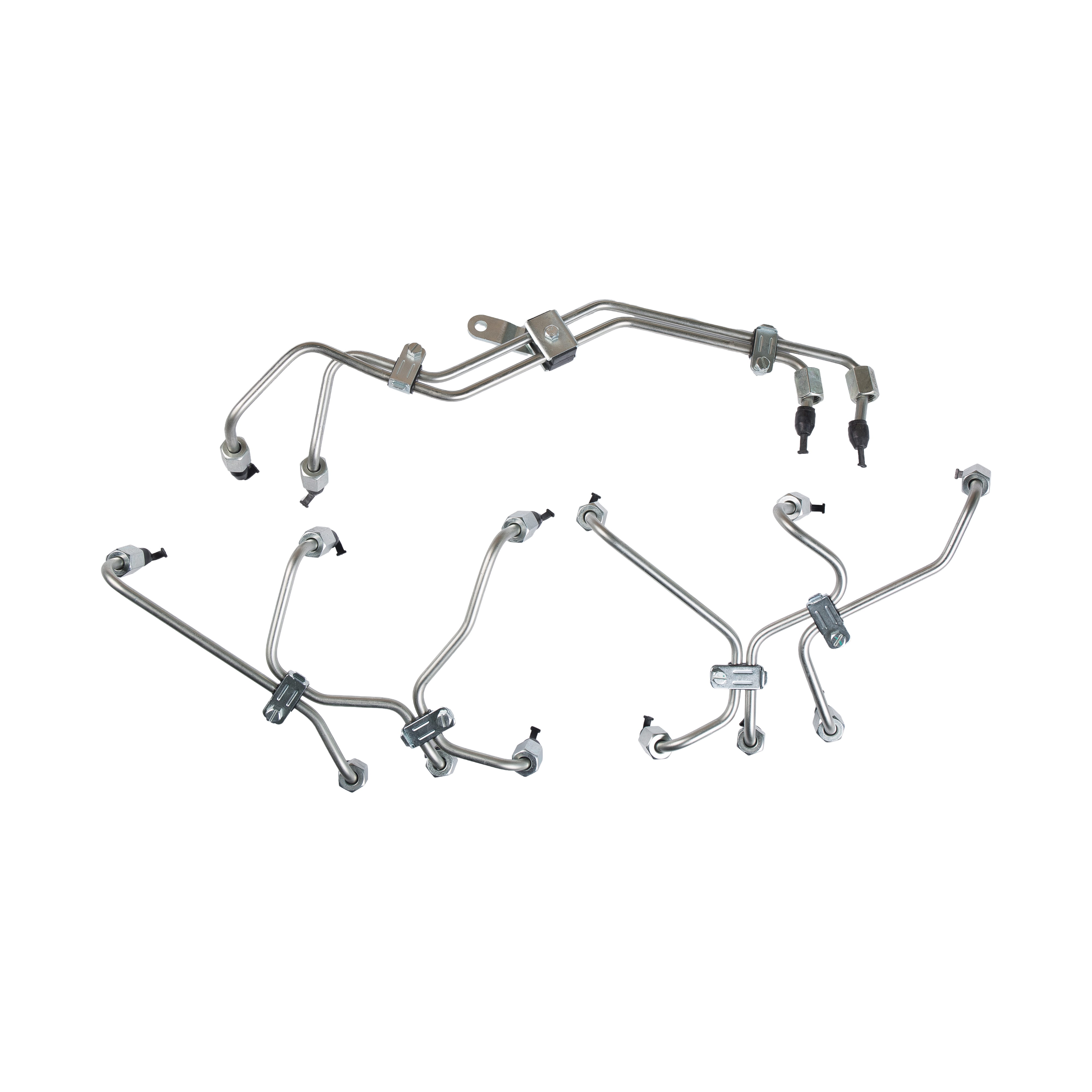 View More
경트 트럭 특수 디젤 전력 분사 고압 오일 파이프
경장, 샹 차이 파워, 시스템 압력 : 1600 bar, 1800 bar 특수 인장 강도 : ≥890mpa 항복 강도 : ≥79...
View More
경트 트럭 특수 디젤 전력 분사 고압 오일 파이프
경장, 샹 차이 파워, 시스템 압력 : 1600 bar, 1800 bar 특수 인장 강도 : ≥890mpa 항복 강도 : ≥79...  View More
일본 쿠보타 엔진 특수 저압 파이프
일본의 Kubota 엔진 용 특수 저압 파이프는 단단히 용접되어 있으며 표준 설치 크기가 있으며 표준 청결도가 있습니다. 원활한 강관은 Kub...
View More
일본 쿠보타 엔진 특수 저압 파이프
일본의 Kubota 엔진 용 특수 저압 파이프는 단단히 용접되어 있으며 표준 설치 크기가 있으며 표준 청결도가 있습니다. 원활한 강관은 Kub... 


